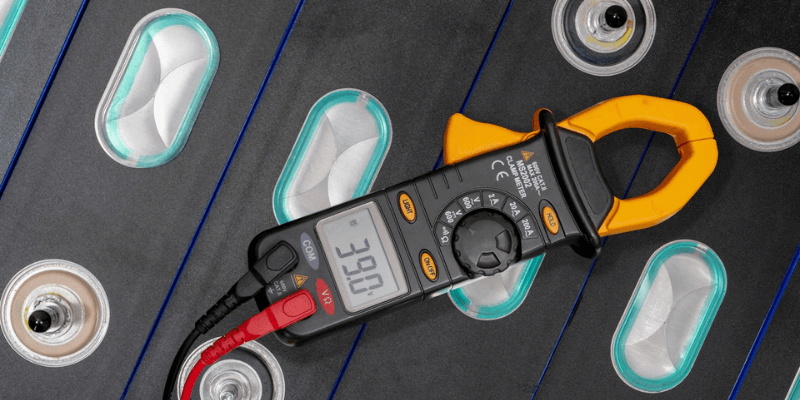
While 50% of users prefer fast-charging batteries, only 1% understand its risks. This guide explores battery chemistry and safe charging practices to help optimize performance without compromising safety.
Battery Chemistry & Charging Capabilities
Not all batteries charge equally. Performance depends on chemistry type:
● Lead-acid batteries use constant current/constant voltage charging, taking several hours to reach full capacity. They're not suitable for fast charging but support float charging to prevent self-discharge.
● Nickel-based batteries (NiMH/NiCd) offer faster options. New NiCd batteries require 16-24 hour initial charging. Both types use step-differential charging with cool-down periods to prevent overheating.
● Lithium batteries (LFP/NMC) have evolved significantly. While LFP was traditionally slow-charging, newer models support faster rates. NMC batteries are designed specifically for fast charging. All lithium batteries require precise BMS monitoring to prevent dangerous overcharging.
Understanding Fast Charging Mechanics
Fast charging works by increasing current (amps) or adjusting voltage. Higher current delivers more power faster, but risks overheating. The charger must reduce voltage as the battery fills to prevent damage. Three charger types exist:
● Rapid battery chargers (0.3-0.5C) take 3-5 hours
● Quick chargers (1C) reach full charge in ~1 hour
● Ultra-fast chargers (1C-10C) achieve 70% in 10-30 minutes

Critical Safety Considerations
Always use manufacturer-approved chargers and avoid extreme temperatures (ideal range: 50-115°F). Monitor battery temperature during charging and never trickle-charge lithium batteries. Larger battery packs generally handle fast charging better than smaller ones.
Best Practices for Battery Longevity
While convenient, frequent fast charging can reduce overall battery lifespan. For optimal performance:
● Use moderate charging speeds when possible
● Avoid completely draining batteries before recharging
● Store batteries at 40-60% charge if not used for extended periods
● Always follow manufacturer recommendations
For critical applications, consult your battery supplier to determine the safest charging solution for your specific needs. Remember that proper charging habits can significantly extend your battery's service life while maintaining safety.
Next:BYD and ByteDance Partner to Drive AI-Powered Innovations in Lithium Battery Development
Previous:Narada Power Unveils Cutting-Edge Energy Storage Solutions and Solid-State Battery at SNEC 2025
Contact Person: Miss. Kiki
| WhatsApp : | +8617763224709 |
|---|---|
| Skype : | +8617763224709 |
| WeChat : | +8617763224709 |
| Email : | kiki@lifepo4-battery.com |